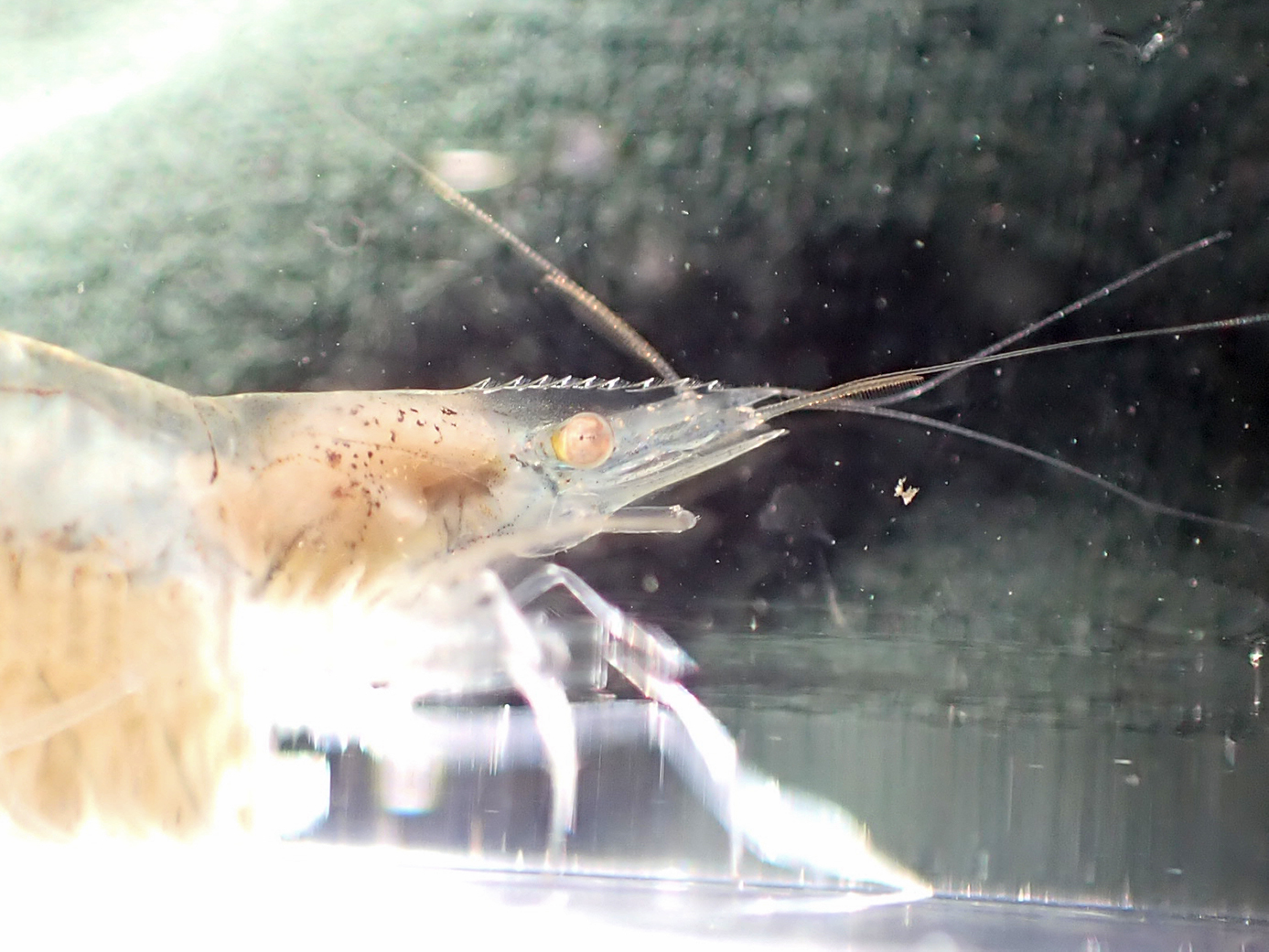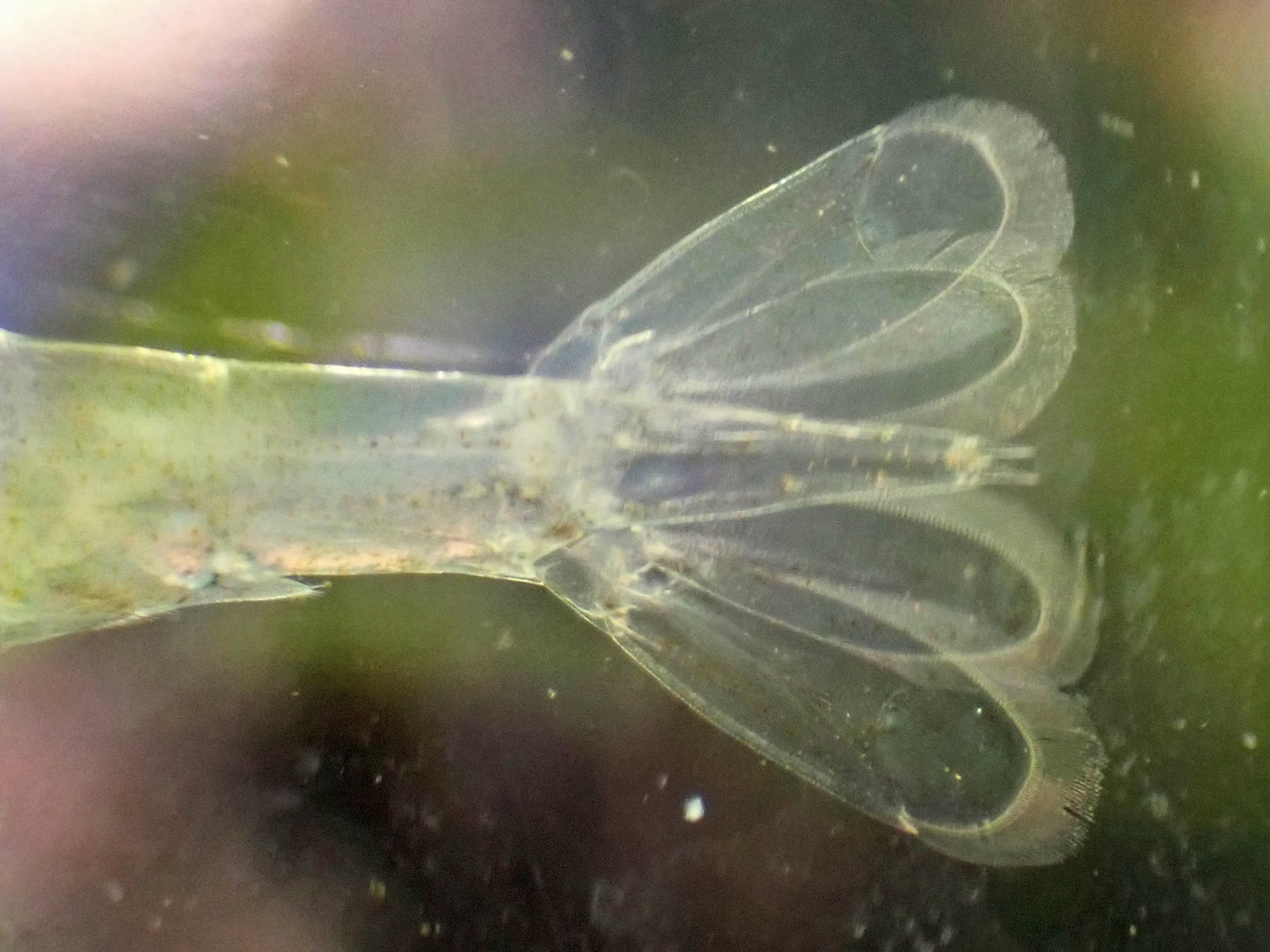Map Snapshot







11 Records
Seasonality Snapshot
Use of media featured on Maryland Biodiversity Project is only permitted with express permission of the photographer.
A Daggerblade Grass Shrimp in Charles Co., Maryland (9/21/2016).
View Record Details
Media by
Robert Aguilar, SERC.
A Daggerblade Grass Shrimp at Andelot Farm, Kent Co., Maryland (6/7/2014).
Media by
Robert Aguilar, SERC.
A Daggerblade Grass Shrimp (32 mm) infected by a Probopyrus pandalicola in Anne Arundel Co., Maryland (3/21/2015).
View Record Details
Media by
Robert Aguilar, SERC.
A Daggerblade Grass Shrimp in Dorchester Co., Maryland (9/8/2018). This individual is infecting with isopod parasite, Probopyrus pandalicola.
View Record Details
Media by
Robert Aguilar, SERC.
Daggerblade Grass Shrimp in Baltimore Co., Maryland (6/4/2022). (c) trinectes, all rights reserved.
View Record Details
Media by
Robert Aguilar, SERC.
Daggerblade Grass Shrimp in Baltimore Co., Maryland (6/4/2022). (c) trinectes, all rights reserved.
View Record Details
Media by
Robert Aguilar, SERC.
A Daggerblade Grass Shrimp in Anne Arundel Co., Maryland (6/14/2015). Identified by Rob Aguilar/SERC.
View Record Details
Media by
Bill Hubick.
Daggerblade Grass Shrimp in Baltimore Co., Maryland (6/4/2022). (c) trinectes, all rights reserved.
View Record Details
Media by
Robert Aguilar, SERC.
Source: Wikipedia
| Palaemon pugio | |
|---|---|

| |
| Scientific classification | |
| Domain: | Eukaryota |
| Kingdom: | Animalia |
| Phylum: | Arthropoda |
| Class: | Malacostraca |
| Order: | Decapoda |
| Suborder: | Pleocyemata |
| Infraorder: | Caridea |
| Family: | Palaemonidae |
| Genus: | Palaemon |
| Species: | P. pugio
|
| Binomial name | |
| Palaemon pugio (Holthuis, 1949)
| |
| Synonyms | |
| |
Palaemon pugio, commonly known as daggerblade grass shrimp, is a small, transparent species of shrimp with yellow coloring and brownish spots.[1] It can be found in estuarine and tidal marsh habitats throughout the western Atlantic Ocean and Gulf of Mexico. Palaemon pugio has a smooth carapace and abdomen, as well as three pairs of legs. The second pair is the strongest, while the third pair lacks chelae (claws). It reaches a length of around 5 cm (2.0 in), and has a life span of around one year. Like most grass shrimp, it is a forager and feeds on a variety of items, including microalgae. They themselves are consumed by killifish and other small foraging fish.[2]
References
[edit]- ^ "WoRMS - World Register of Marine Species - Palaemon pugio (Holthuis, 1949)". www.marinespecies.org. Retrieved 2023-06-17.
- ^ Lipke B. Holthuis (1949). "Note on the species of Palaemonetes (Crustacea Decapoda) found in the United States of America" (PDF). Proceedings van de Koninklijke Nederlandsche Akademie van Wetenschappen. 52: 87–95.
Further reading
[edit]- Georgiandra Little (1968). "Induced winter breeding and larval development in the shrimp, Palaemonetes pugio Holthuis (Caridea, Palaemonidae)". Crustaceana. Supplement 2: 19–26. JSTOR 25027384.
- A. C. Broad (1957). "Larval development of Palaemonetes pugio Holthuis". The Biological Bulletin. 112 (2): 144–161. JSTOR 1539193.
- Sue A. Chaplin-Ebanks & Mary C. Curran (2005). "The effect of the parasitic isopod, Probopyrus pandalicola (Packard, 1879), on tidal activity patterns of the grass shrimp, Palaemonetes pugio Holthuis, 1949". Crustaceana. 78 (9): 1053–1061. doi:10.1163/156854005775360990. JSTOR 20107579.
External links
[edit]







